11 important historical sites you must visit
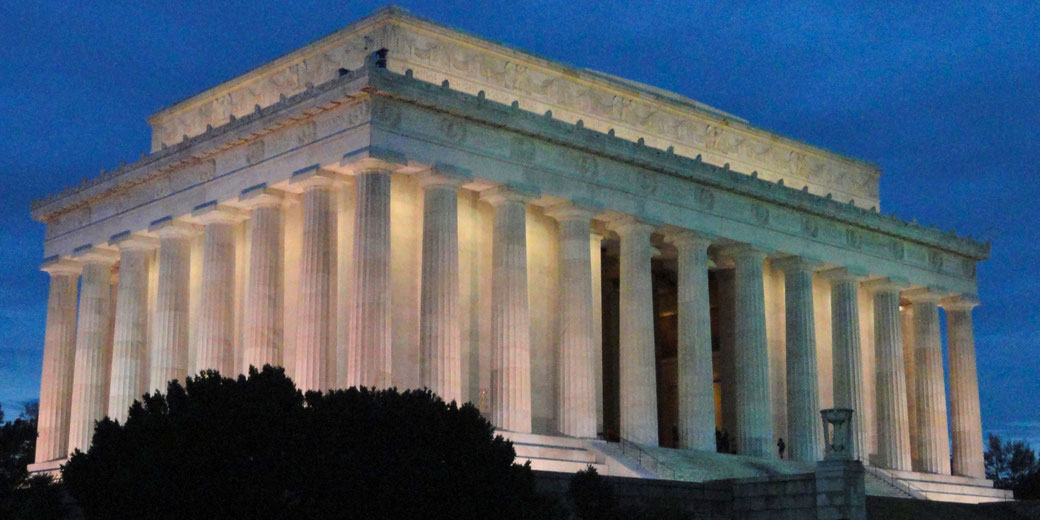
There are so many wonderful historical sites around the world that are worth visiting. From ancient ruins to landmarks from more modern times, they all tell some amazing stories of the past.
Also, they help us understand the present in more profound ways. However, there are some historical sites that stand out as particularly important, either because of their historical significance to a specific culture or because of their impact on human history as a whole.
Why visit famous historical locations?
Visiting important historical sites allows us to connect with the past in order to gain a deeper understanding of the cultures, societies, and events that have shaped our world.
By visiting these sites, we can see firsthand the artifacts, buildings, and landscapes from the people and events that have defined our history.
Visiting them can also help us to appreciate the remarkable achievements and painful struggles of those who came before us.
In a way, this allows us to gain a sense of perspective on our own modern lives and societies.
In addition, visiting historical locations can be a powerful educational experience, particularly for students.
Seeing historical landmarks and artifacts firsthand can really help to make history come alive.
By experiencing different cultures and ways of life, we can broaden our horizons and gain a greater appreciation for the diversity of human experience.
1. The Pyramids of Giza, Egypt
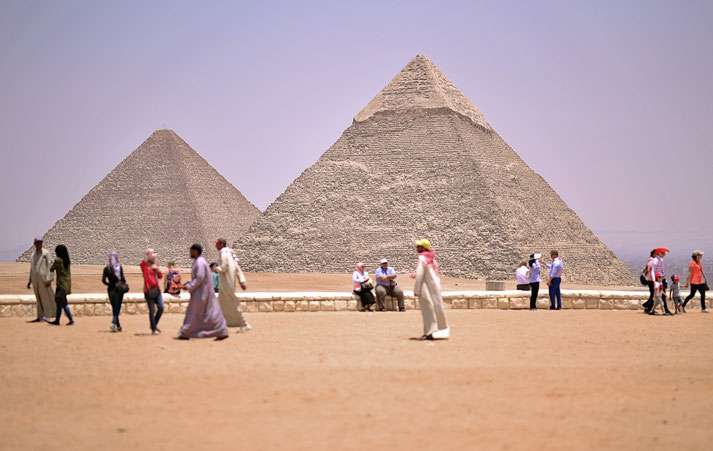
The Pyramids of Giza are perhaps the most iconic of all the historical sites in the world.
Part of the Giza Necropolis, they were built over 4,500 years ago to be the tombs of Egyptian pharaohs.
They were initially designed to ensure their safe passage into the afterlife.
The Great Pyramid of Giza in particular, which is the largest of the three pyramids, was once the tallest man-made structure in the world.
It was constructed in around 2580 BC as the tomb of the King Khufu.
It is still an engineering marvel today, even with all of the modern structures we have created.
If you get the opportunity to visit Egypt, you can learn about one of the most ancient human civilizations and the pharaohs who ruled over it.
Their religious beliefs and mythology are a source of endless fascination in our modern world, with movies, video games, and TV shows drawing upon it to create exotic stories.
However, the three large pyramids, which were built specifically for the pharaohs Khufu, Khafre, and Menkaure, are not the only important structures at Giza.
There is also the Sphinx, a mythical creature with the head of a human and the body of a lion.
2. The Great Wall of China

Stretching over 13,000 miles (21,000 kms), the Great Wall of China is a truly a breathtaking site to behold.
Its first stages were built in the 7th century BCE, with significant portions added later on by the Qin Dynasty under Emperor Qin Shi Huang who ruled from 221 to 210 BCE.
Due to its incredible age and size, it is one of the most impressive man-made structures in the world.
The three main dynasties responsible for its creation and design were the Qin, Han, and Ming.
The Ming Dynasty in particular was responsible for strengthening sections of the wall that are among the most well-preserved today.
If you manage to get here, be sure to look out for the sections of the wall that offer panoramic views of the surrounding landscape, as well as the watchtowers and defensive fortifications.
One of the best things about seeing the wall in real life is the chance to gain insight into the historic strategic and defensive purposes of the wall, such as protecting China against Mongol invasions.
Imagining what it would be like for medieval Chinese soldiers to look out over the ramparts at the approaching hordes will send a chill down your spine.
3. The Acropolis, Greece

No list of ancient sites would be complete without mentioning the famous Acropolis in Greece.
The Acropolis is not a single building, but a complex of ancient structures located on a hilltop overlooking Athens.
The most famous of these buildings is the Parthenon, which was a temple dedicated to the goddess Athena.
Built in between 447 and 432 BC, during the height of the Athenian Empire under the leadership of Pericles, the Acropolis is a stunning example of classical Greek architecture.
However, it has undergone significant destruction and restoration over the centuries.
In fact, in the 17th century, during a war with the Ottoman Empire, the Parthenon was partially destroyed by a bombardment and later rebuilt.
Despite this, it remains one of the most important archaeological sites in the world.
The lucky tourists who visit here can discover a lot about ancient Greek civilization and the intellectual and artistic achievements of the Athenians.
If you have time, it is worth learning about the cataclysmic Greco-Persian wars and their role in the construction of the Acropolis as we know it today.
Other incredible structures to look out for on the Acropolis include the Erechtheion, a temple dedicated to both Athena and Poseidon, the Theatre of Dionysus, the oldest surviving theater in the world, and the Propylaea, a grand entrance gate to the Acropolis.
4. Machu Picchu, Peru
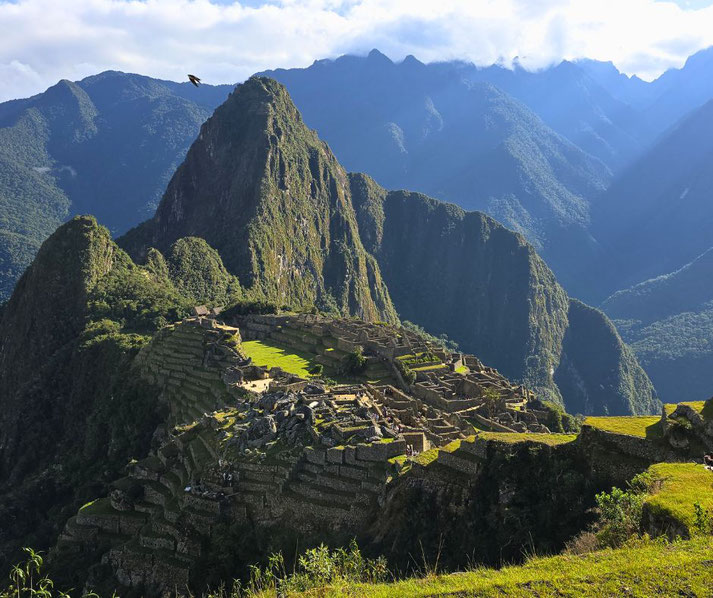
This is by far one of our favourite locations on this list. Located high in the Andes mountains, Machu Picchu is an amazingly well-preserved Incan city that dates back to the 15th century.
It was mysteriously abandoned by the Incas during the time of the Spanish conquest in the 16th century.
It was only rediscovered in 1911 by the American historian and explorer, Hiram Bingham, which thrust it instantly into international attention.
Today, Machu Picchu is a UNESCO World Heritage Site and one of the most popular tourist destinations in South America, attracting over 1.5 million visitors each year.
This is the best place to understand the Inca civilization and their advanced engineering and construction techniques.
However, much about its purpose and who lived here is unknown. Similarly, the particular religious and spiritual beliefs of the occupants are lost to modern visitors.
Don't let that dissuade you from visiting though. You will never forget the stunning mountain scenery and the intricate stonework of the buildings, which are perched on a high ridge overlooking the Urubamba River.
If you do manage to make it here, be sure to explore the Temple of the Sun, the Intihuatana, a carved stone pillar that served as an astronomical clock, and the Temple of the Three Windows.
5. Auschwitz-Birkenau, Poland

This site is not for the faint-hearted, as the heavy sense of gloom and sadness is palpable as you walk through it.
Auschwitz-Birkenau was the largest Nazi concentration camp during World War II and is a deeply somber reminder of the devastating horrors of the Holocaust.
Many tourists who travel here choose to tour the camp and see the remains of the gas chambers and crematoriums where approximately 1.1 million people were systematically murdered.
The victims included mostly Jews, but it also Romani, Polish political prisoners, Soviet prisoners of war and other persecuted groups.
Rudolf Höss, the commandant of Auschwitz, later testified about the atrocities committed at the camp during the Nurenburg Trials.
Despite its tragic history, Auschwitz-Birkenau can be a profoundly important site for understanding the horrors committed during the Holocaust.
It is hoped that by opening up this place to visitors, it can help inspire people to become more tolerant and compassionate.
6. The Colosseum, Italy
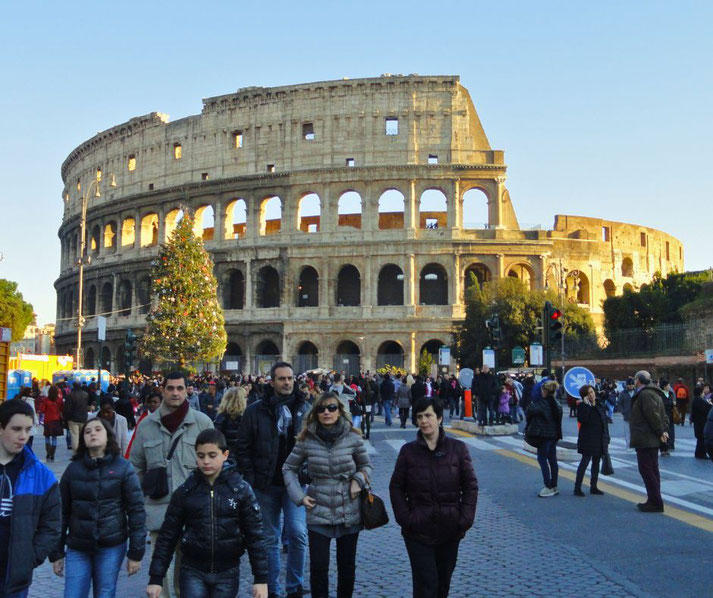
There are so many wonderful ancient sites in Italy, but none more famous than the Colosseum.
It is by far the most powerful symbol of ancient Rome and a true marvel of engineering.
Its construction began in AD 72 under Emperor Vespasian and was finally completed in AD 80 by his son, Emperor Titus.
At the time, it was the largest amphitheater in the world and could seat up to 50,000 people.
The Colosseum was the site of fierce gladiatorial contests and other public spectacles.
Some estimate over 400,000 people and 1 million animals died during contests within its walls.
Regardless, its architecture continues to influence and inspire other buildings throughout the world.
One strong recommendation though, if you manage to be here: explore the underground tunnels and chambers that were added a generation after it was officially opened, because this is where gladiators and wild animals were kept before their fights.
Also, be sure to check out the remains of the hypogeum, a complex system of elevators and pulleys that allowed for the rapid movement of scenery and equipment.
7. The Taj Mahal, India
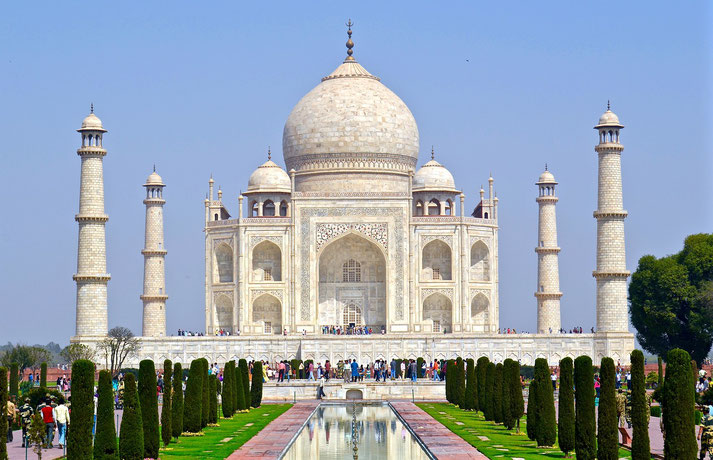
Moving to the sub-continent of India, we find the Taj Mahal: one of the most beautiful and iconic buildings in the world.
Its construction began in 1632 by the Mughal emperor Shah Jahan as a tomb for his beloved wife.
It would take over 20 years to complete and now, this impressive monument is considered the height of Mughal architecture.
Its white marble façade is decorated with intricate carvings and inlaid with precious stones.
It was recognised as a UNESCO World Heritage Site in 1983 and now receives over 7 million visitors annually.
Considering the fact that it was a building made out of a deep love between husband and wife, it is easy to forget that the tomb itself is not the only drawcard here.
Lucky visitors can explore the spectacularly carved entrance gate, the elegant mosque which is used for Friday prayers, the lush gardens, and the beautiful reflecting pools.
8. The Forbidden City, China
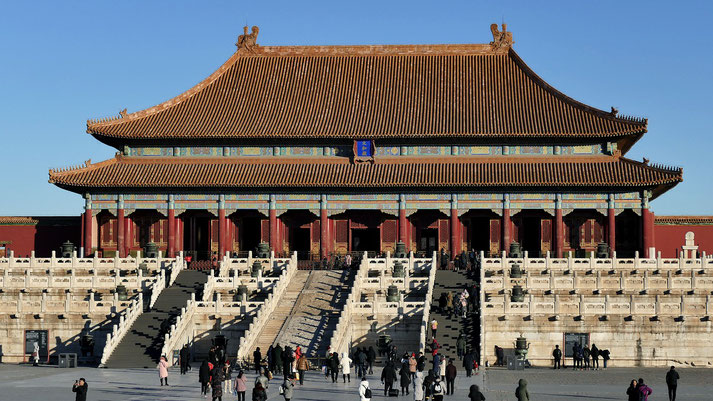
Travelling even further afield, we make our way to China. Here, the highlight is the Forbidden City: the imperial palace of China's Ming and Qing dynasties.
Designed and constructed in the 15th century, it operated as the home to 24 emperors and their families.
It was so sacred and important that it was strictly off-limits to the general public on pain of death.
The Forbidden City is a massive complex of over 980 palaces, temples, and administrative buildings, making it the largest ancient palace complex in the world.
One day is really not enough time to absorb its awe-inspiring grandeur.
It is worth taking the time to explore all of the grand halls, ornate throne rooms, and tranquil gardens and courtyards.
9. Petra, Jordan
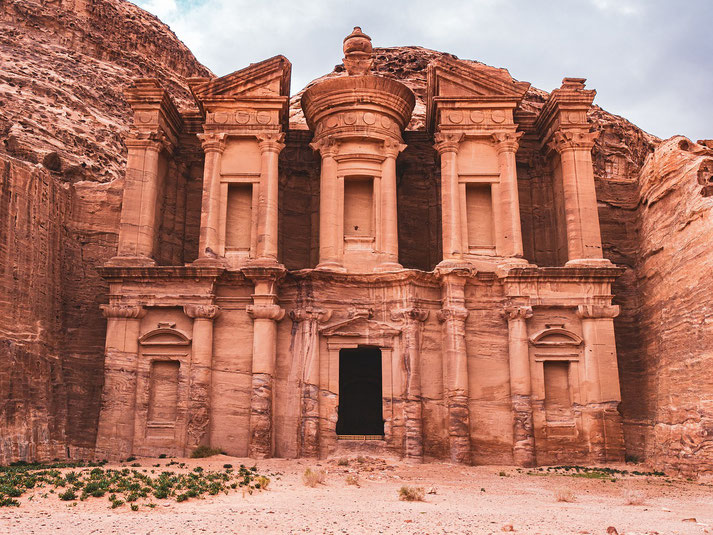
It's time for a site in the Middle East. While there are many that you could add to this list, we have chosen Petra.
This site has become a popular tourist destination because of the unbelievable fact that it is an ancient city carved directly into a mountain in the desert of Jordan.
It was the brainchild of a group of people called the Nabataeans over 2,300 years ago.
It was a major trading hub and a center of culture and architecture for the region.
Since travelling over desert was dangerous, a safe haven where traders could rest and seek shelter was very welcome.
Petra was rediscovered by the Swiss explorer, Johann Ludwig Burckhardt in 1812 and is often referred to as the 'Rose City' due to the amazing color of the cliffs it is carved out of.
Once you're at this location, there are lots of ancient buildings and tombs to explore.
They include the iconic Treasury, and caves that dot the hilly landscape around.
10. Angkor Wat, Cambodia
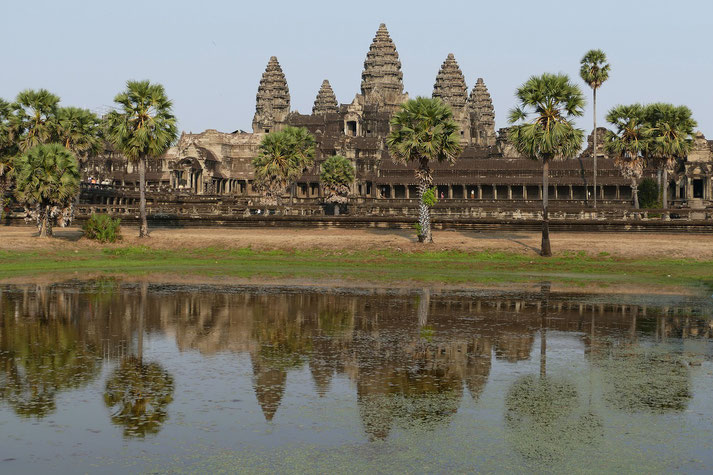
Next on our list is one of the most mysterious and out-of-the way historical sites.
Angkor Wat, which is a temple complex located in Cambodia, is one of the largest religious buildings in the world.
Its construction began around AD 1113, under King Suryavarman II of the Khmer Empire.
Originally dedicated to the Hindu god Vishnu, it later became a Buddhist temple as the religious affiliation of the royal family changed.
The top highlights of this site are the massive carvings and sculptures that are displayed on all of the surfaces of the temples and rooms.
In addition, the reflecting pools and moats that surround the complex provide a mesmerizing atmosphere.
Finally, be sure to also explore the stunning galleries and courtyards of the main temple, along with the many lesser-known temples and shrines that are scattered throughout the site.
11. The Alhambra, Spain
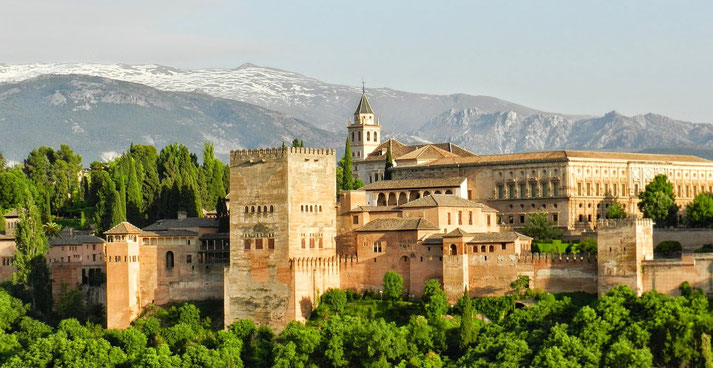
Last, but not least, is the Alhambra, which is a palace and fortress complex located in Granada, Spain.
This site is spectacular to behold, both the building itself and the picturesque mountain scape that surrounds it.
Dating from the mid-13th century, it was built by the Moorish rulers of the Nasrid dynasty.
The majority of the complex was built during the reign of Muhammad I ibn Nasr and his successors in the late 13th and 14th centuries.
Once finished, it was intended to be a showpiece of the power and wealth of the leaders.
Visitors can explore the colorful tilework, stucco decorations, and gardens that typify the medieval culture of Islamic Spain.
Also, you can wander through the central Nasrid Palace, a masterpiece of Islamic art and architecture.
Be sure to check out the Generalife, a beautiful garden palace that was a retreat for various Muslim kings of Granada.
Finally, don't miss the views of the surrounding hills and the city of Granada either.
The more adventurous can even take walks around the region to soak in the unique vibes on offer.
What do you need help with?
Download ready-to-use digital learning resources
Copyright © History Skills 2014-2025.
Contact via email
With the exception of links to external sites, some historical sources and extracts from specific publications, all content on this website is copyrighted by History Skills. This content may not be copied, republished or redistributed without written permission from the website creator. Please use the Contact page to obtain relevant permission.





